Google Maps is Unleashed
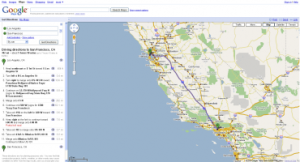
Google Maps is launched to the public. I never had to ask for directions again. Not that I did before.
24 Hours in Cyberspace

The massive Internet collaboration “24 Hours in Cyberspace” takes place. It was so early in the history of the mainstream Internet, I bet none of you remember this. I didn’t!
A Patent is Filed for the Harvard Mark I
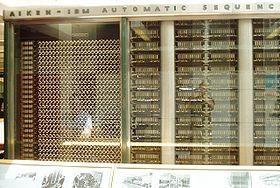
A calculator patent is filed for the Automatic Sequence Control Calculator, commonly known as the Harvard Mark I, an early computer. The Mark I was a large electro-mechanical computer that could perform the four basic arithmetic functions and handle 23 decimal places. A multiplication took about five seconds.
Kasparov Redeems Himself … Sort Of

After losing a chess match to the computer Deep Blue in 1997, world chess champion Gary Kasparov and the computer Deep Junior battle to a draw.
First Untethered Space Walk
February 7, 1984
Astronauts Bruce McCandless II and Robert L. Stewart make the first untethered space walk using the Manned Maneuvering Unit (MMU). McCandless became the first human Earth-orbiting satellite, venturing out 320 feet from the orbiter.
DAF 600 Unveiled
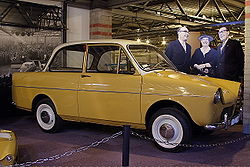
The Dutch car DAF 600 is introduced at the Amsterdam Motor Show. It would have been an altogether unremarkable car except for the fact that it was one of the first cars to offer an automatic transmission at an affordable price.
V.90 Announced
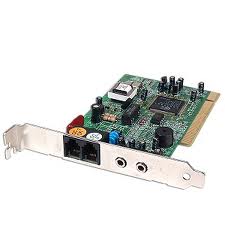
The V.90 modem standard is announced and agreed upon. This ended a couple of years of customer confusion, as two competing 56k modem protocols (K56Flex and X2) were in common use at the time. The V.90 standard unified the protocols and was crafted specifically to allow both types of modems to be upgraded via firmware. V.90 was also called V.last by some, as it was expected to be the last possible upgrade to modem technology. It virtually was, because even though V.92 later supplanted V.90, it didn’t increase the top-end speed of modem bandwidth and by that time, broadband access was already eating away at dial-up marketshare.
The Woz Leaves Apple
February 6, 1986
Steve Wozniak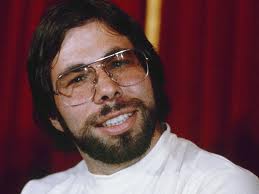
First Golf Ball Hit on Moon

1971 – Apollo 14 astronaut Alan Shepard hits the first golf ball on the Moon. He used a six-iron attached to a sample collection tool.
First Victoria’s Secret Webcast
February 5, 1999
Victoria’s Secret holds their first annual online fashion show. The event attracts 1.5 million visitors. While the technology was no where near as advanced as it was today, it was considered the first major successful webcast.


